
Yangon is the last remaining city in Asia with a colonial city centre. But more than this: its architecture is a mixture of styles, built by different countries and in different eras. The city has more than two thousand historic buildings, half of which date from the British colonial era. Alongside the gigantic government buildings, bank buildings and English-style townhouses there are pre-colonial pagodas, Buddhist monasteries and Chinese and Indian temples. There are also mosques, Christian cathedrals, a Jewish synagogue and even an Armenian church.
This unique architecture is the result of a rich, cosmopolitan past – Portuguese and Chinese traders were coming to Yangon as early as the 18th century. Under British rule, the city became a centre for Indians living in Yangon.
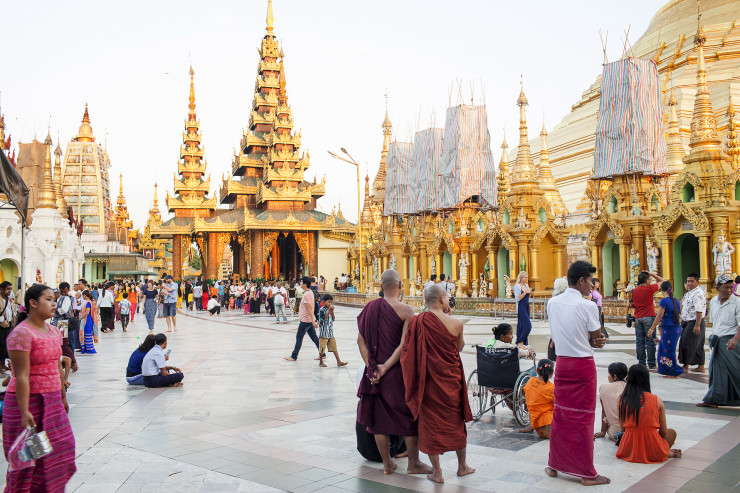
Yes, but it is a challenge. Since the borders have opened, Yangon has become very crowded – hotels, offices and apartments are needed. Between 1990 and 2011, one third of the buildings in the city centre were demolished to make way for new projects. Countless buildings in the city currently have pink demolition signs pinned to them. There are four issues that make it more difficult to retain this heritage:
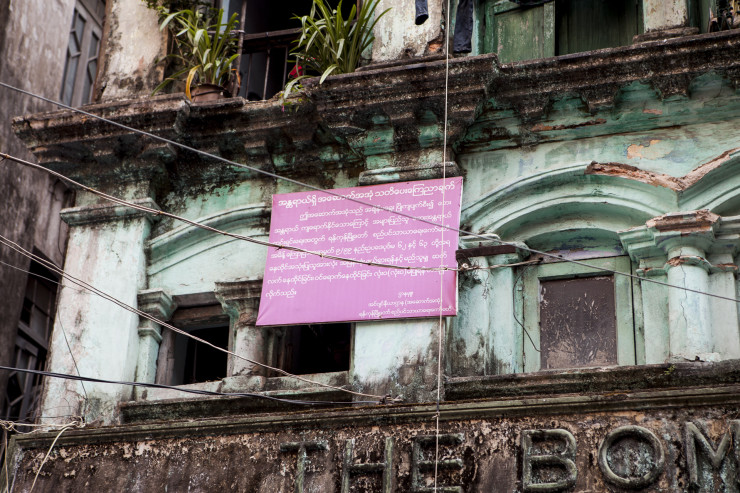
The pink sign shows the building will be demolished.
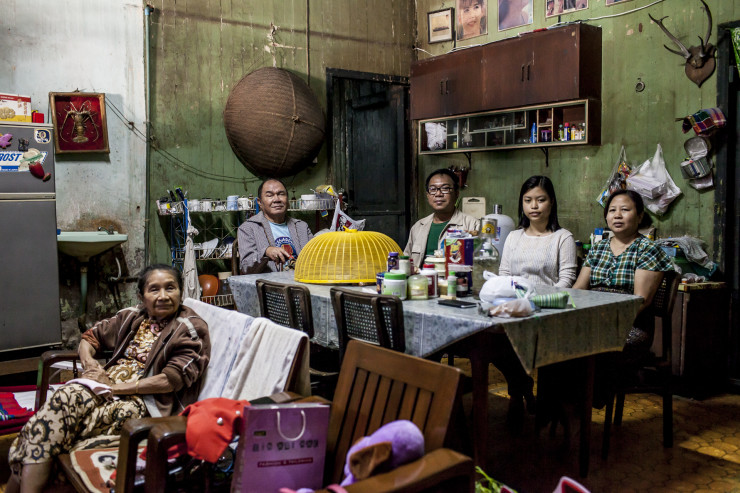
U Ye Zaw (78) lives in colonial building for 48 years. He loves the high ceilings. After the veranda collapsed this son prefers to live in a modern building.
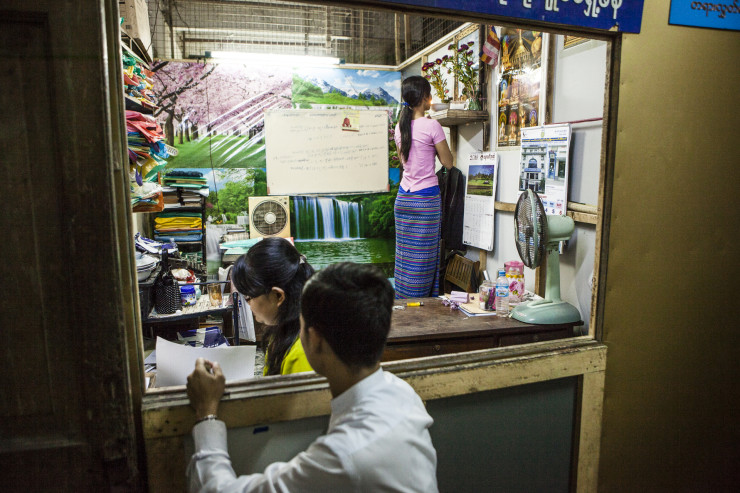
The offices of the numerous lawyers in Balthazar’s building are 1 square meter. They pay less than a dollar rent a month.
4. Then there are the financial considerations. Now that Yangon is no longer the capital, it doesn’t have money to spend on restoring buildings. In many cases, it also doesn’t have the responsibility. This lies with central government, which is occupied with other urgent matters.
Yes, a growing number of people recognise the economic and immaterial value of this heritage. They may be British buildings, but they have become a part of Burmese culture. Gradually, people are realising that the disappearance of these buildings is not only eroding the character and identity of the city, but also commerce, stories and traditions.
The Yangon Heritage Trust is making desperate attempts to retain these historic buildings. In addition, more and more entrepreneurs are interested in the charm of the old buildings. Attracted by the promise of an economic boom, they are setting up restaurants, boutique hotels, galleries and even co-working spaces in buildings they often fix up themselves.
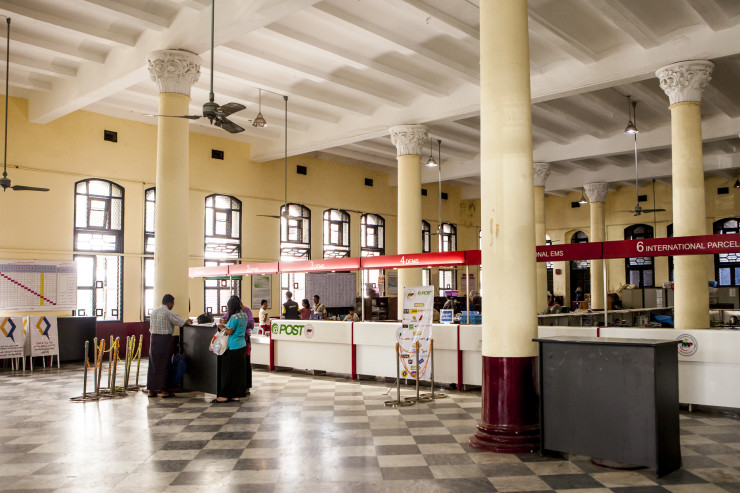
Het General Postoffice (1908) has been recently restored.